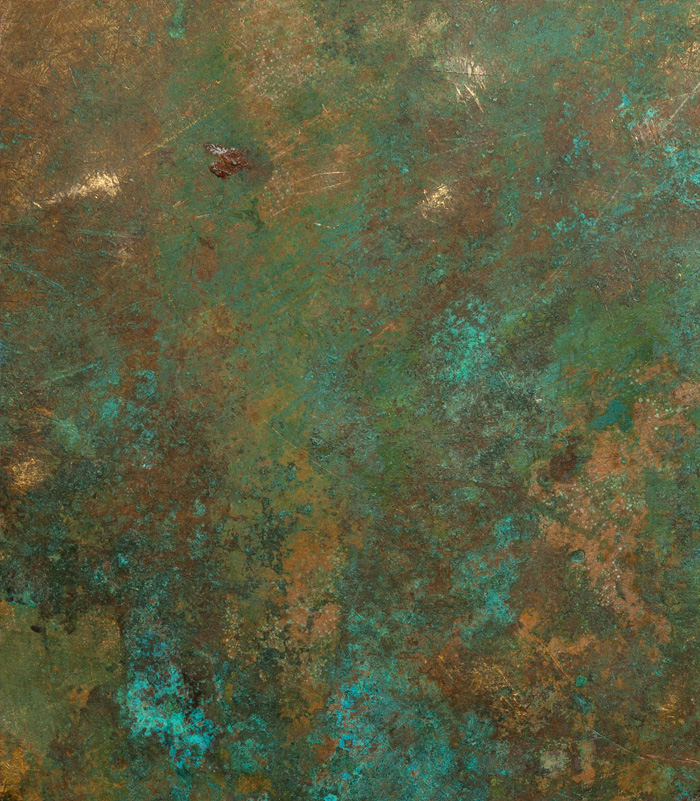FWP:
SETS == EK
JALVAH: {7,4}
MIRROR: {8,3}
For background see S. R. Faruqi's choices. This verse is NOT one of his choices; I thought it was interesting and have added it myself. For more on Ghalib's unpublished verses, see the discussion in {4,8x}.
In the Urdu dastan world, of which Ghalib was definitely a fan, a t̤ilism was an enchantment, a magic world (or spell) wielded by a powerful magician; for more on this concept, see the discussion of the dastan of Amir Hamzah.
Platts thinks that only ek has the set of complex meanings that I summarize as 'single/particular/unique/excellent', while yak means only 'single' or 'one'. Usually I agree, but in this case I feel a strong intuition of its versatility.
Zamin and Gyan Chand think that the 'leaf of a vine' can only be a reference to a grape-vine, and thus to wine. That's quite possible, but Ghalib is also fond of a kind of back-and-forth synesthesia in which the new, succulent, verdant greenery of spring is itself fully as intoxicating as wine. Compare {49,7}, in which tāk appears; and {49,10}, which invokes a kaifiyat . Both verses are from the brilliant 'wave of wine' ghazal, which repeatedly conflates the intoxication of the springtime with that of wine.
In any case, it's clear that the mirror in question is a metal one; on the nature of the greenish-brownish verdigris that covers it, see {47,1}. The mirror needs polishing before it can work as a mirror; by a basic Persianized metaphorical equation, the mirror can also be one's heart, which has become obscured by a layer of trouble/distress. But that layer of verdigris itself has a 'mood' and an 'enjoyableness' of its own-- it's simply a 'different' one. One should not long for clarity and reflection, but instead should revel in the (mystical? intoxicating?) glory/appearance of even a single spectacular 'leaf of a vine'.

Zamin:
The root of kulfat is kalaf , which means a black spot on the face, or for the color of the face to darken.... The meaning of kulfat is sorrow and constraint. Since in a state of sorrow and constraint there is dirt/rust on the heart, there is vexation/'dust' in the temperament. Because of this affinity, kulfat is used with the meaning of vexation of the temperament.
In the poet's mind, for a verdigris-overspread mirror the simile of a vine arose. The second line was the result-- from the vine a grape grows, from the grape wine is made, and wine is another quality/enjoyableness. Keeping in mind these wordplays, he added to it a first line in which even/also trouble has one kind of quality/enjoyableness.
== Zamin, p. 445